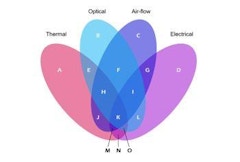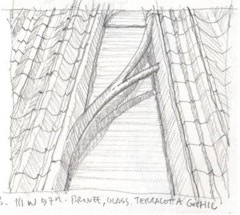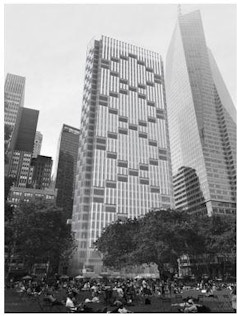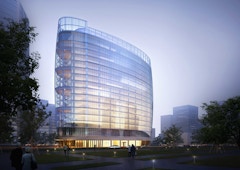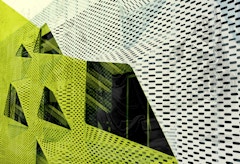
SKINS Podcast – Latest episode released, "DOE Does Windows"
Check out our latest podcast episode "DOE Does Windows" featuring an exclusive interview with Marc Lafrance of the Department of Energy (DOE) and Steve Selkowitz of Lawrence Berkeley National Lab (LBNL).

